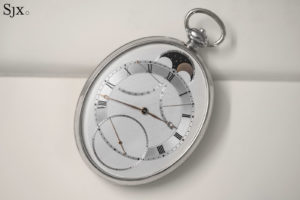
A storied example of artisanal independent watchmaking, The Oval was the masterpiece by Derek Pratt (1938-2009), perhaps the greatest unknown watchmaker.
Produced for Urban Jürgensen & Sønner, the revived brand where he was the longtime technical director, the Oval watch was begun in 1982, but being mostly hand made, took some two decades to complete. Although it’s a sizeable watch, the Oval is finely detailed, reflecting the high level of Pratt’s craft.
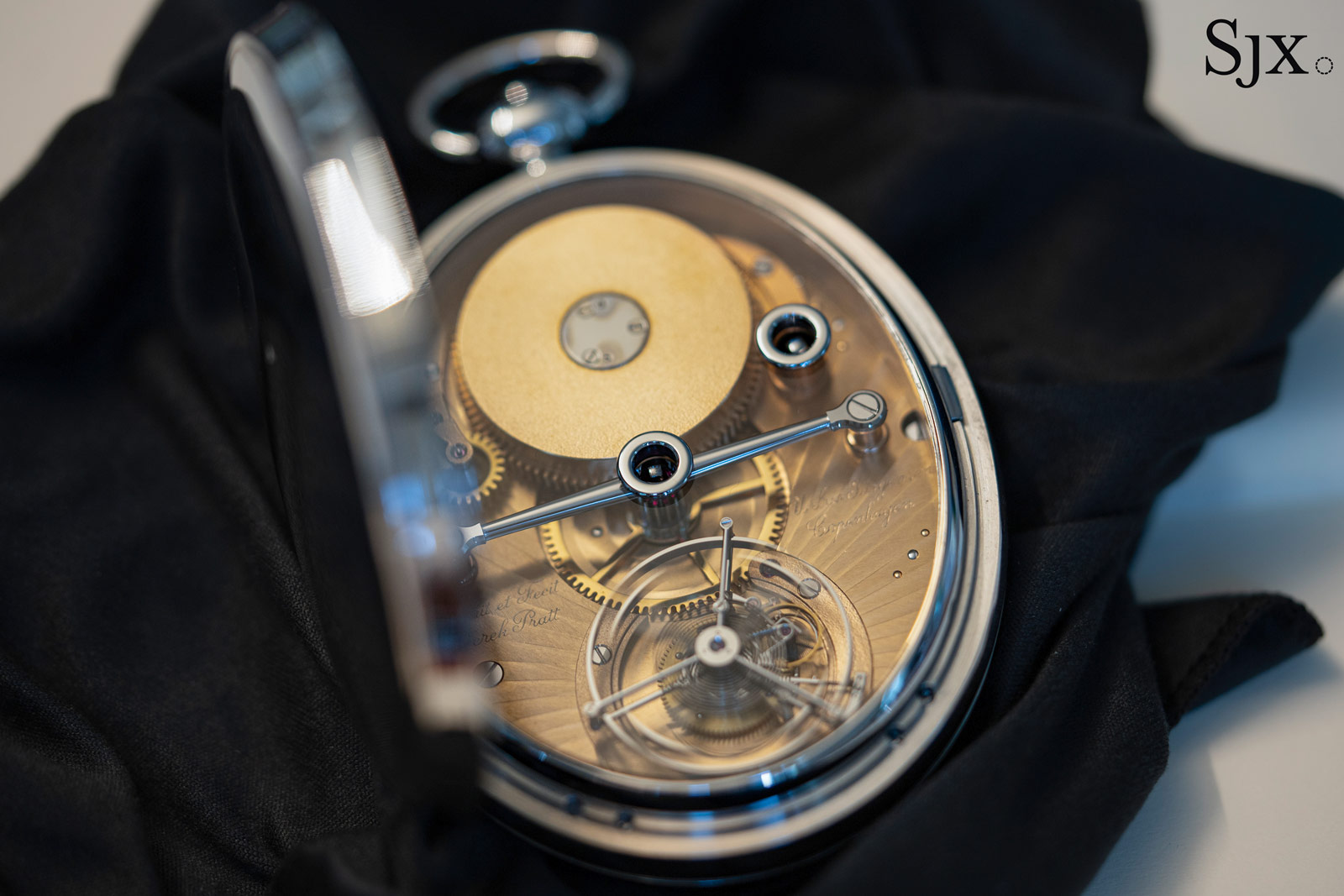
Beyond its artisanal execution, the Oval also stands out for its technical achievement. Besides a detent escapement, the Oval also contains a horological first – a constant force mechanism integrated within the tourbillon – along with a thermometer, power reserve display, and moon phase on the dial.
We took an in-depth look at the Oval in 2021, thanks to its current owner, Dr Helmut Crott. But now as the Oval heads to the auction block at Phillips, it’s worth one last look before it disappears into a collection.
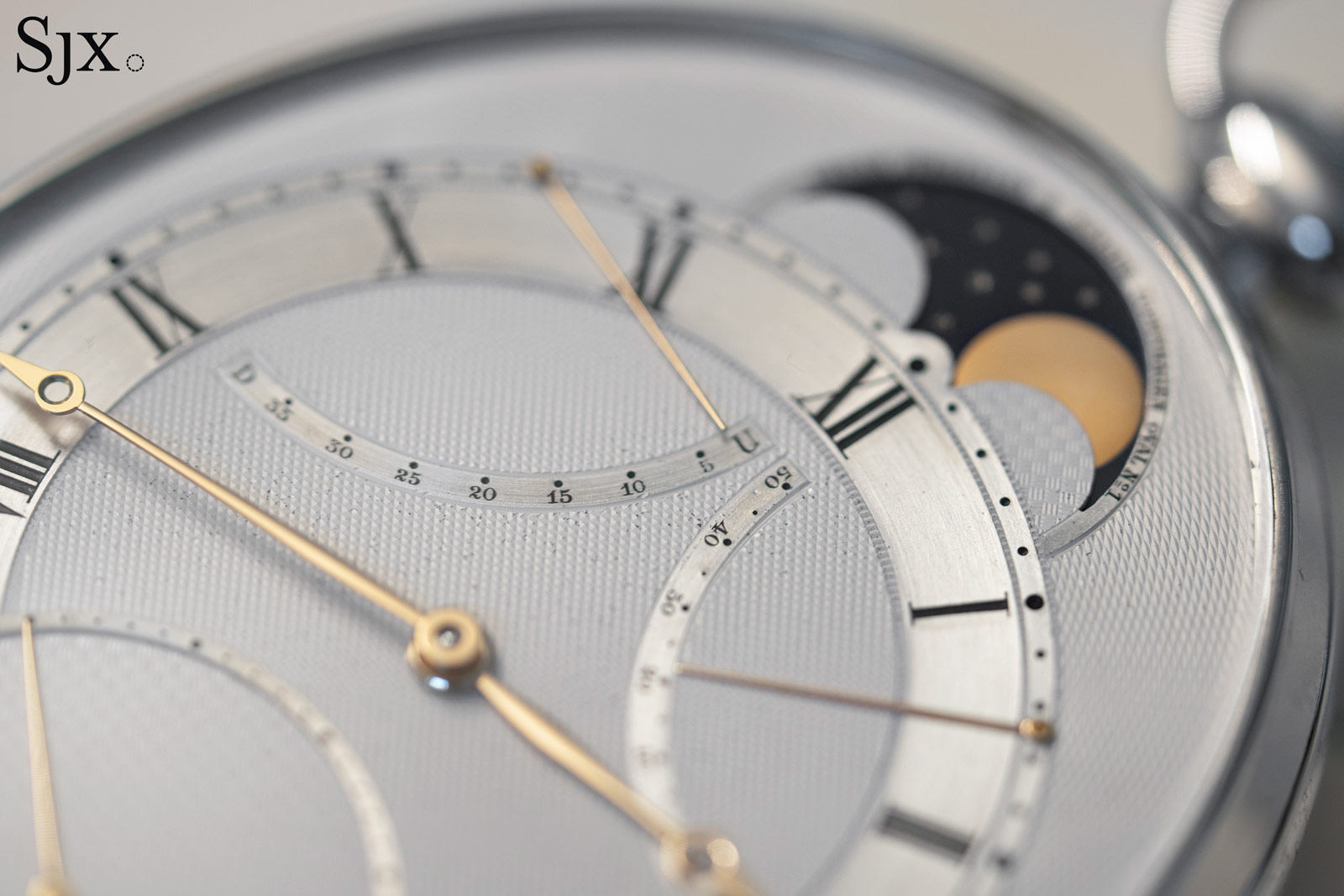
A two-decade odyssey
A contemporary and friend of George Daniels (1926-2011), Pratt spent most of his career working for Urban Jürgensen, a Danish brand that was brought back to life in Switzerland by Peter Baumberger (1939-2010). Like many talented horologists of the period, Pratt was able to design and produce. He constructed many of the brand’s complications, and even made some of its guilloche dials.
Pratt began work on the Oval in 1982, when pocket watches were still considered the summit of horology; at the time, the most valuable watches in the world were pocket watches.
Like many other important pocket watches, the Oval is a large, measuring 76 mm by 62 mm. In fact, the watch is larger and heavier than expected in the hand, especially with its current platinum case.
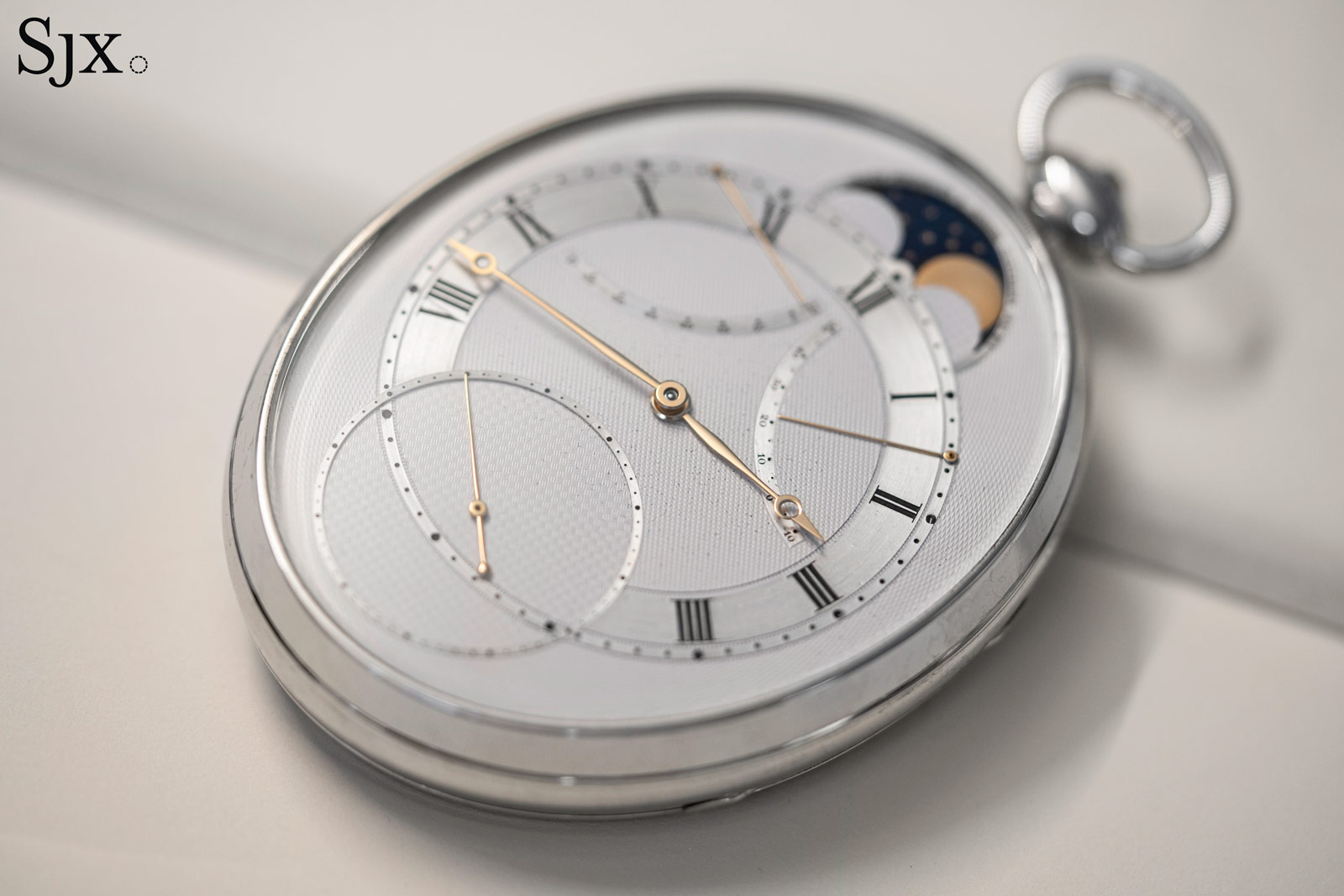
Writing in 1993 for trade publication Horological Journal, Pratt explained the oval shape.
“As a child I had been fascinated by oval tins. My own interest in oval watches stems right back to those examples, but on seeing the oval Breguet no. 1682/4761 [first made in 1822 for a Russian count and then upgraded with additional complications and then owned by pianist Arthur Rubinstein], I felt positively inspired and resolved to make an oval watch myself,” wrote Pratt, “The watch was mostly realised as an homage to some of the most preeminent watchmakers of all time, like Abraham-Louis Breguet, John Arnold, and Professor Alfred Helwig.”
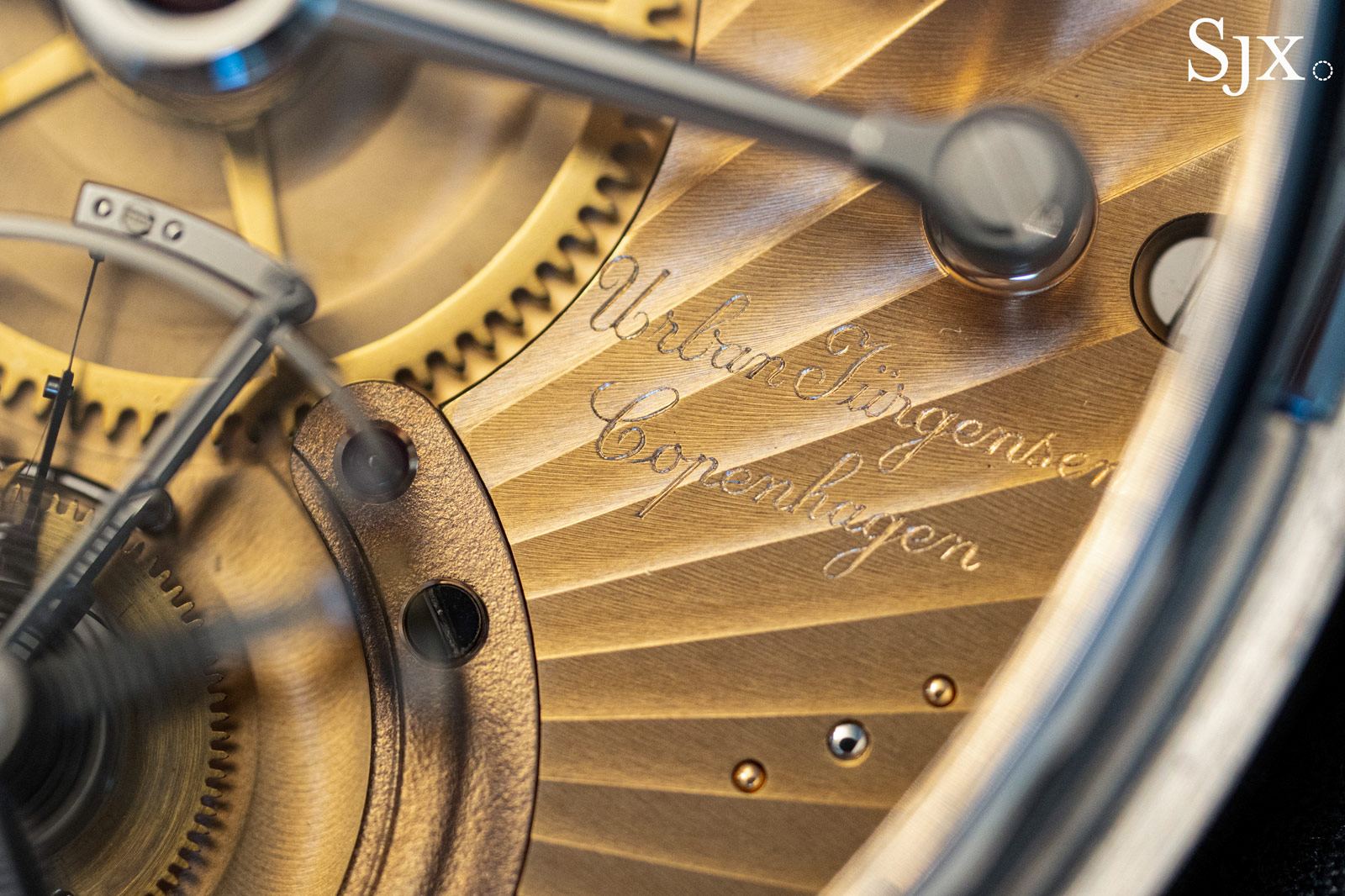
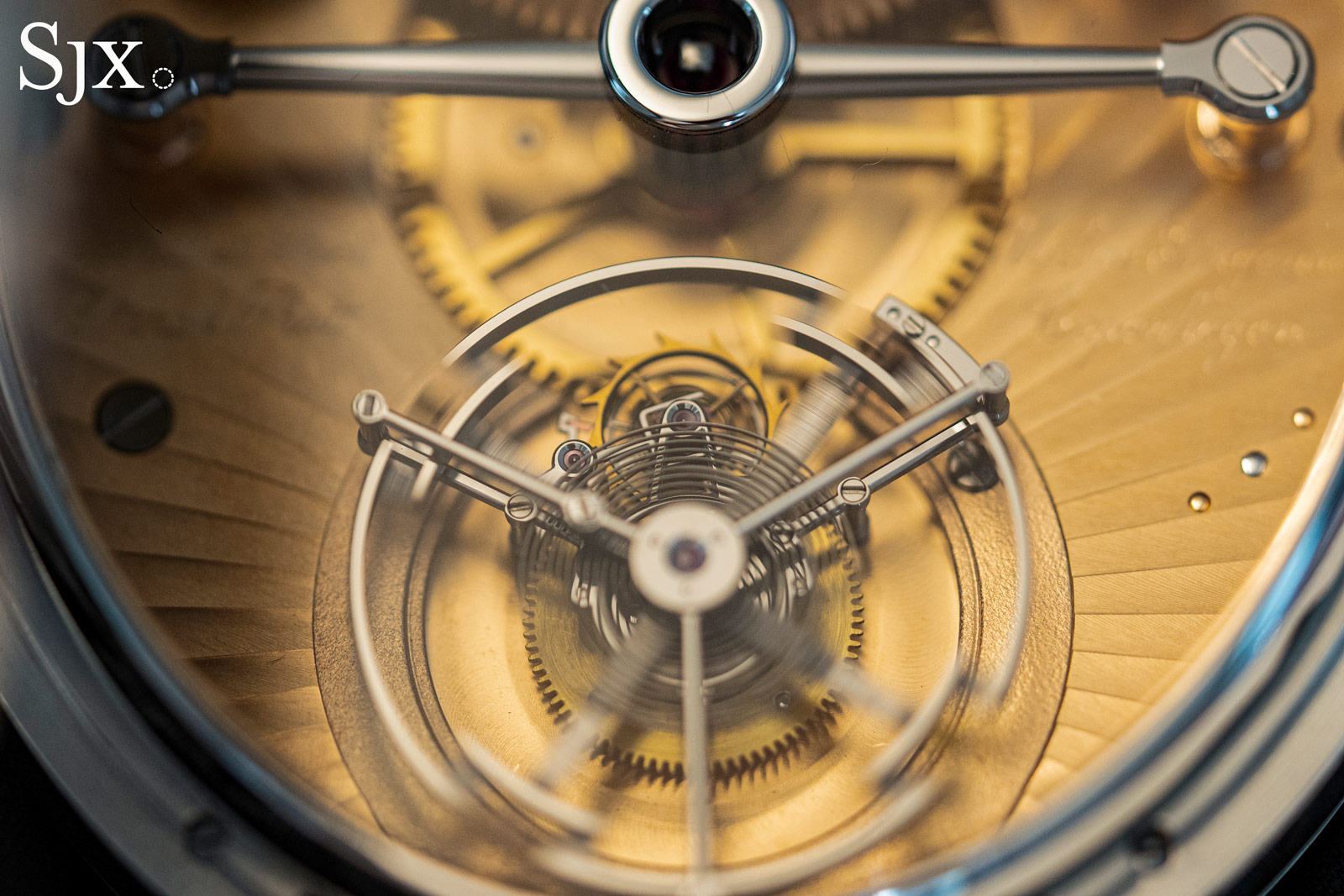
Pratt worked on the watch on and off for the next 22 years, but in 2004 he was in failing health and handed the almost-complete watch to Kari Voutilainen. Having gotten to know each other when Mr Voutilainen did work for Urban Jürgensen, Pratt entrusted the completion of his masterpiece to the Finn, who would soon establish his own brand.
Amongst other things, Mr Voutilainen decorated the movement, resulting in the fine hand finishing visible on every component. A year later the Oval was finished and sold to Dr Crott, most famous for having founded the eponymous watch auction house.
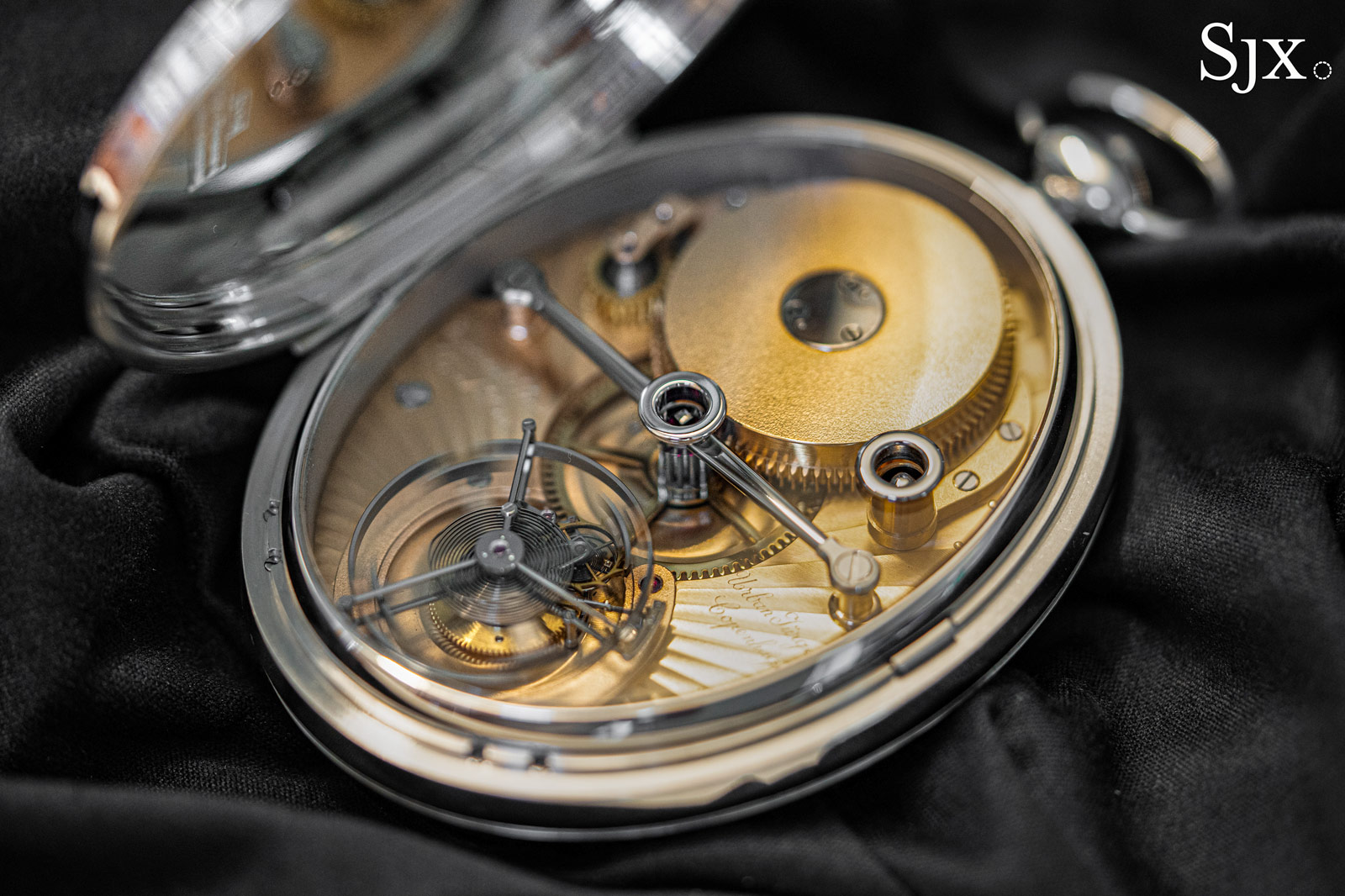
Originally cased in sterling silver, the Oval gained two additional cases between 2005 and 2006 when Dr Crott commissioned La Chaux-de-Fonds case maker Bruno Affolter (now a sister company of Parmigiani known as Les Artisans Boîtiers) to produce cases in platinum and pink gold. The watch is currently housed in the platinum case, and the original silver case accompanies it.
The rest of the watch was largely hand made by Pratt, right down to the oval crystal, which was apparently so novel that no crystal supplier was able to make one, resulting in Pratt producing the crystal himself.
Having long been a master of engine turning, Pratt made the guilloche dial. Despite the immense size of the watch, the details and grain of the guilloche dial are exceptionally fine. It’s worth comparing the guilloche dial of the Oval to that of George Daniels’ best work; Pratt certainly proves to be the better guillocheur.
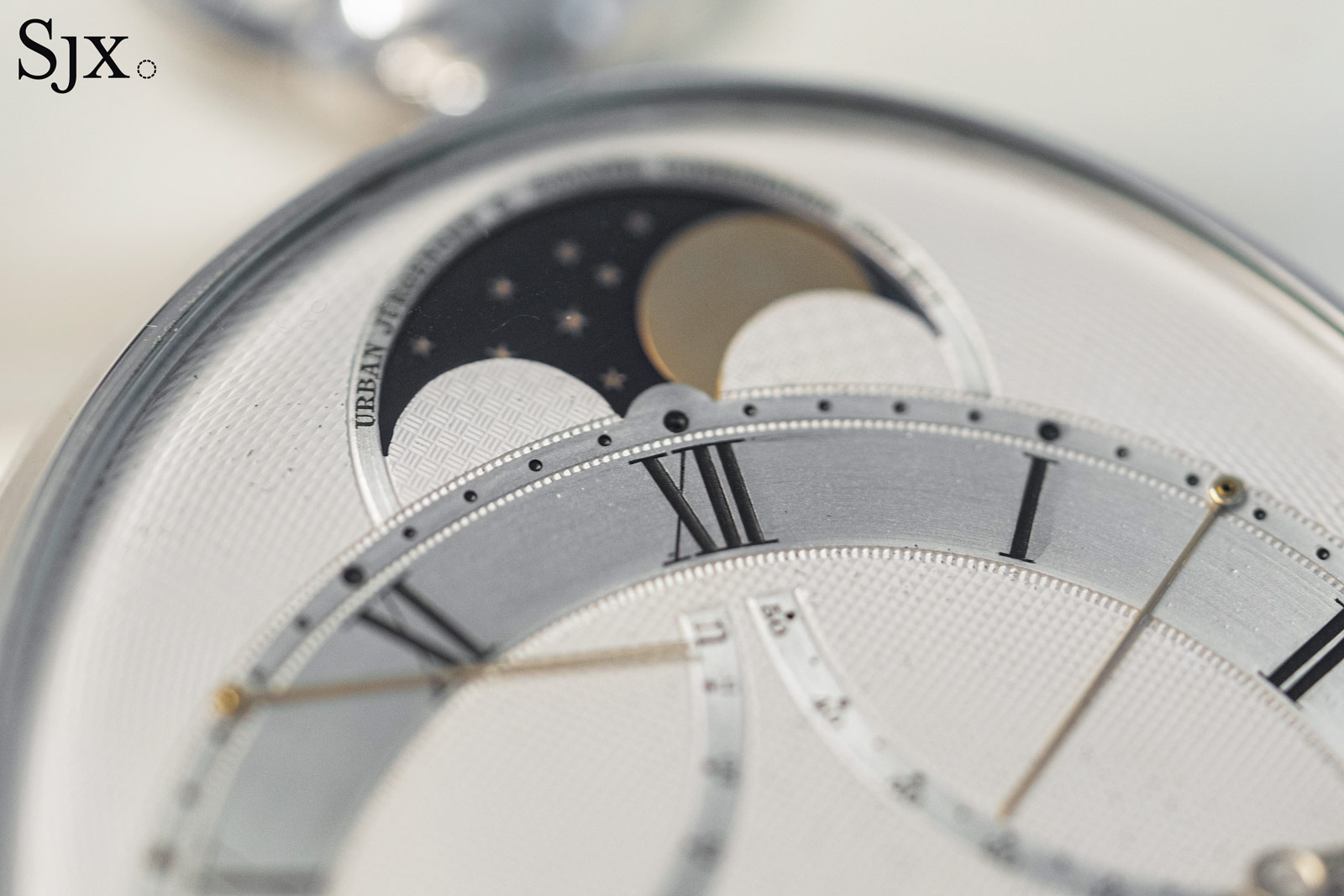
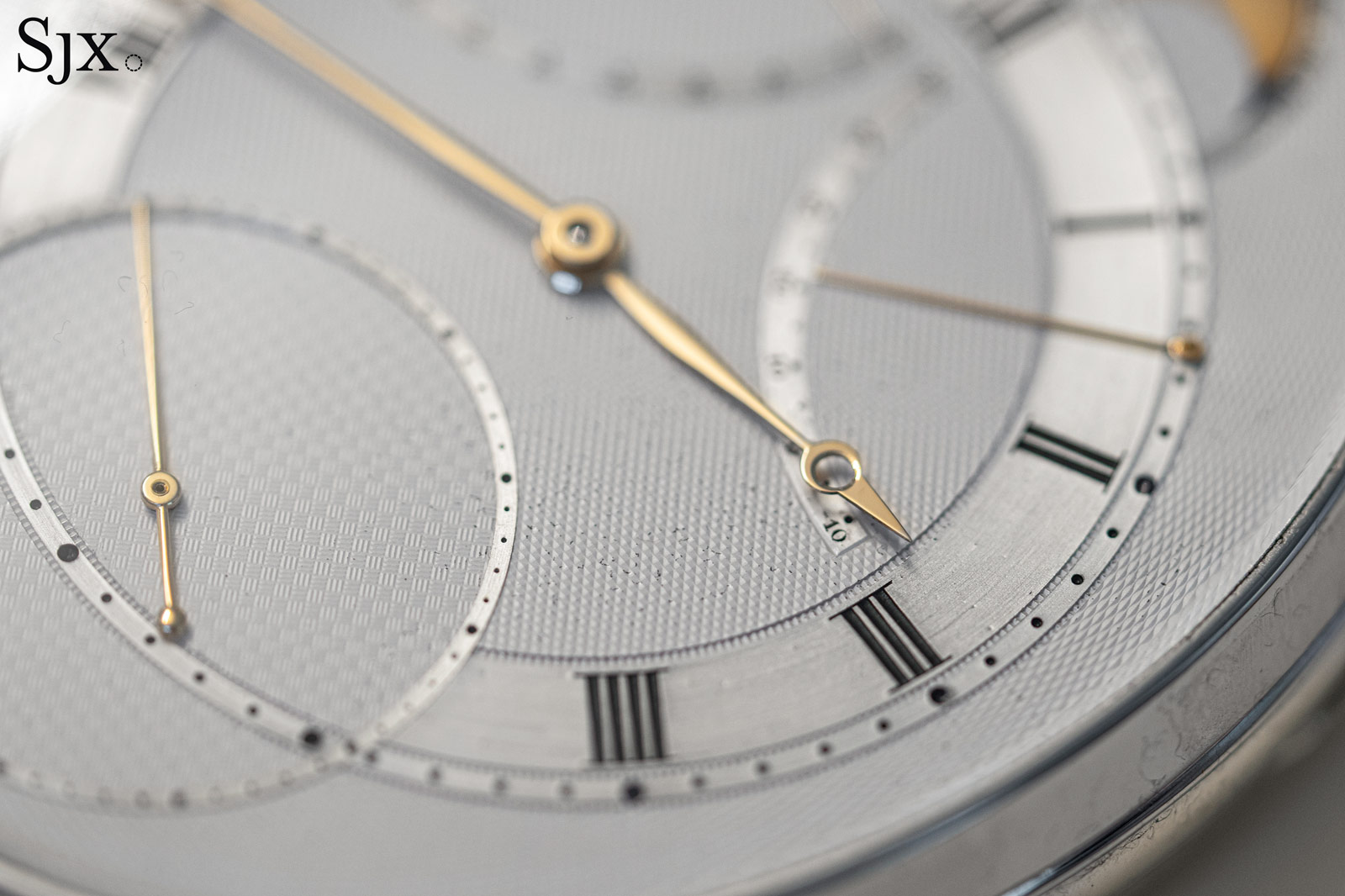
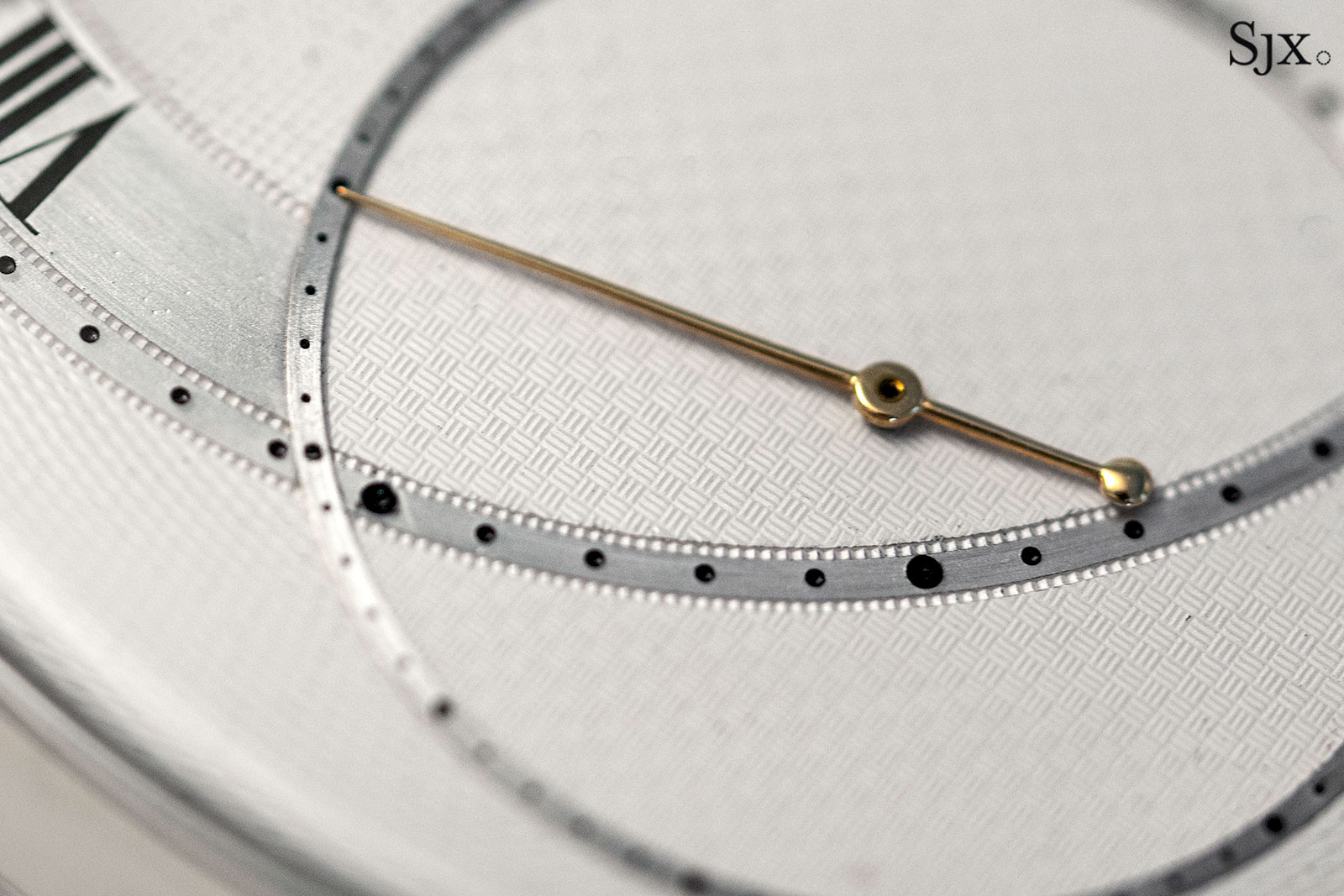
Despite the unconventional oval shape, the dial has a symmetrical, classical layout that instantly evokes Breguet and other historical greats.
The moon phase sits at 12 o’clock, with the thermometer and power reserve on fan-shaped indicators just below. And below the hour and minute hands is an oversized seconds in the tradition of historical chronometers.
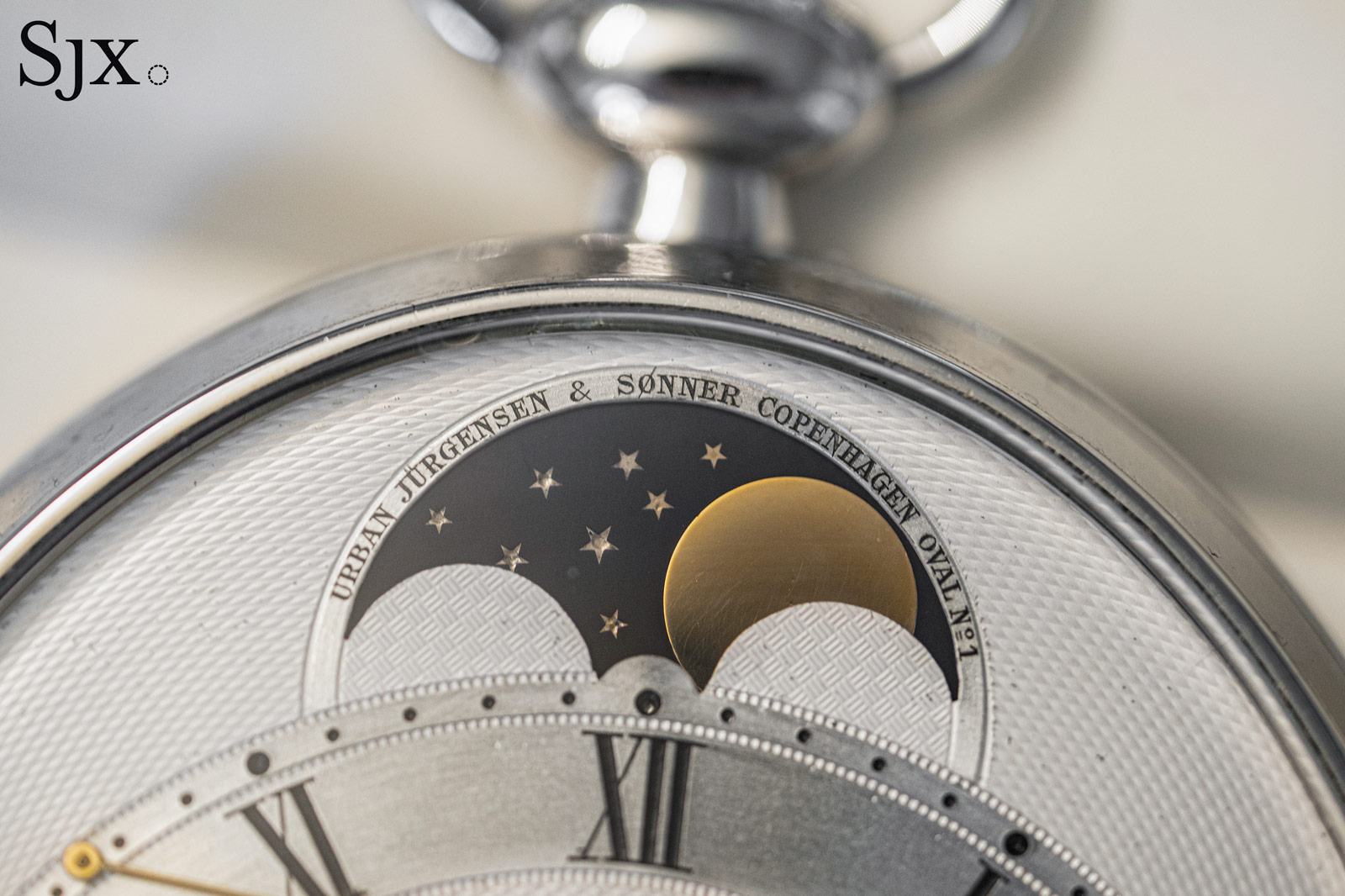
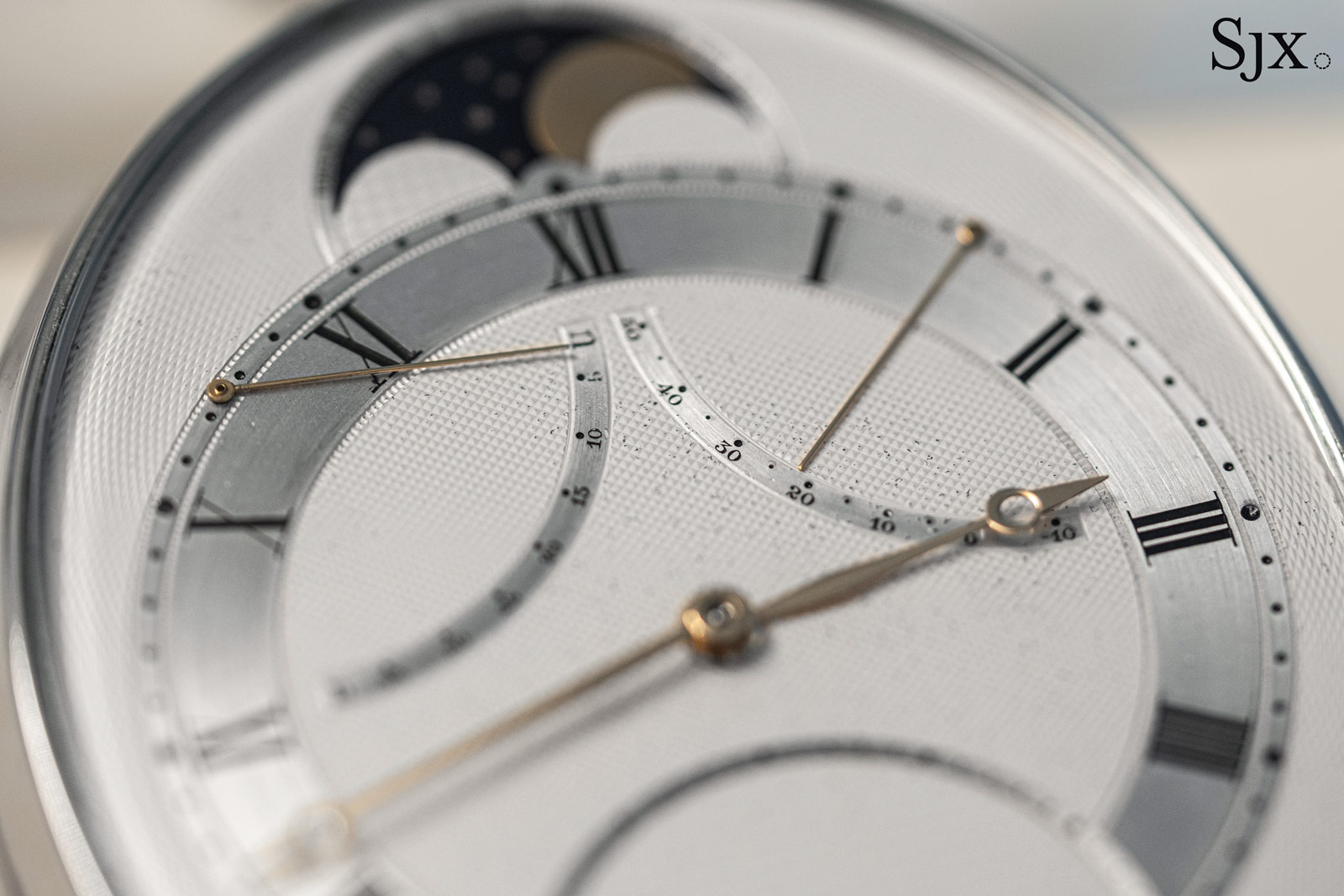
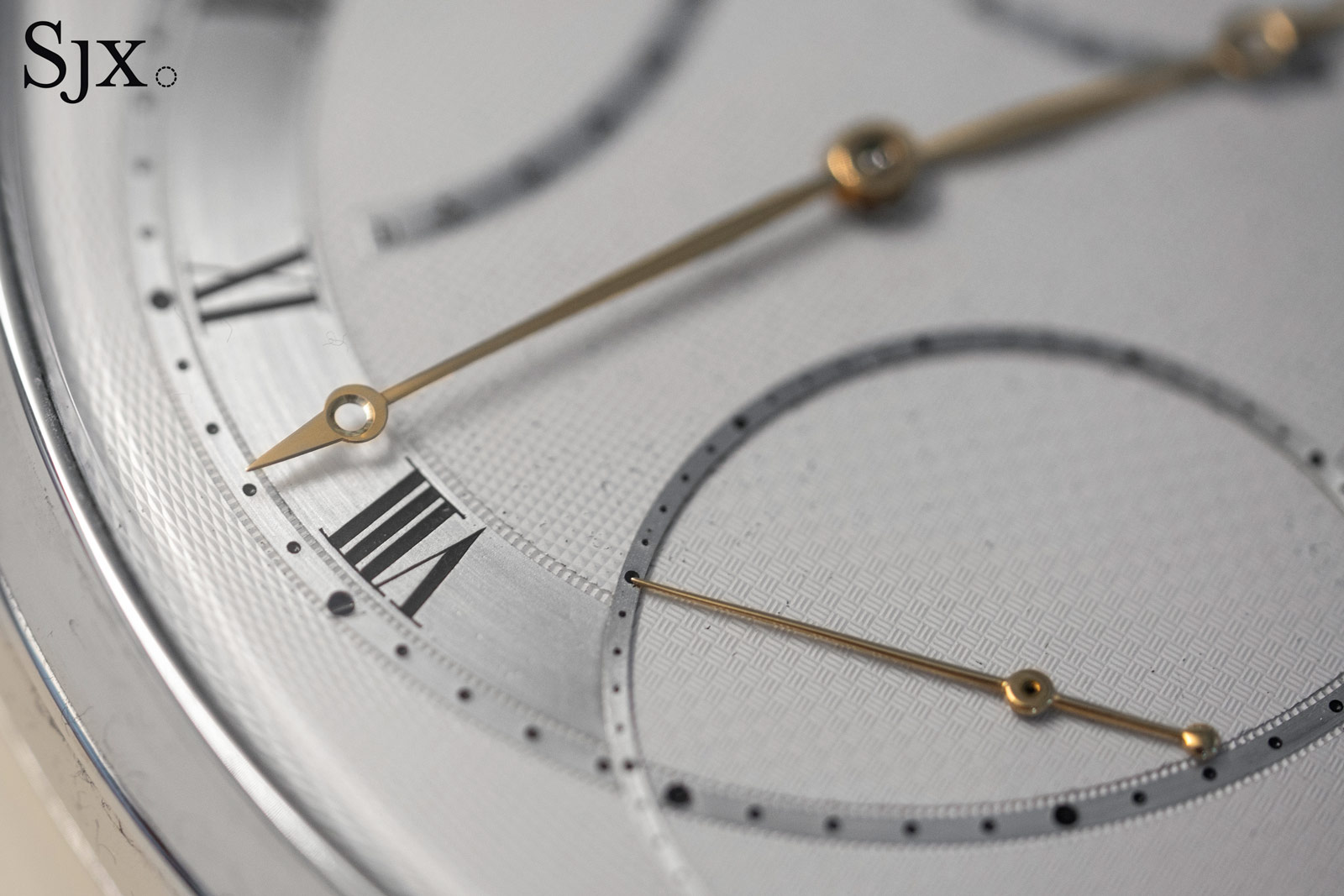
The movement of the Oval is correspondingly oval, and like the dial, the calibre is symmetrical, an impressive realisation of Pratt’s technical and aesthetic ability.
Like many traditional tourbillon movements, it is laid out vertically, with a “flying” barrel at 12 o’clock, the going train just below, and the flying tourbillon at six o’clock.
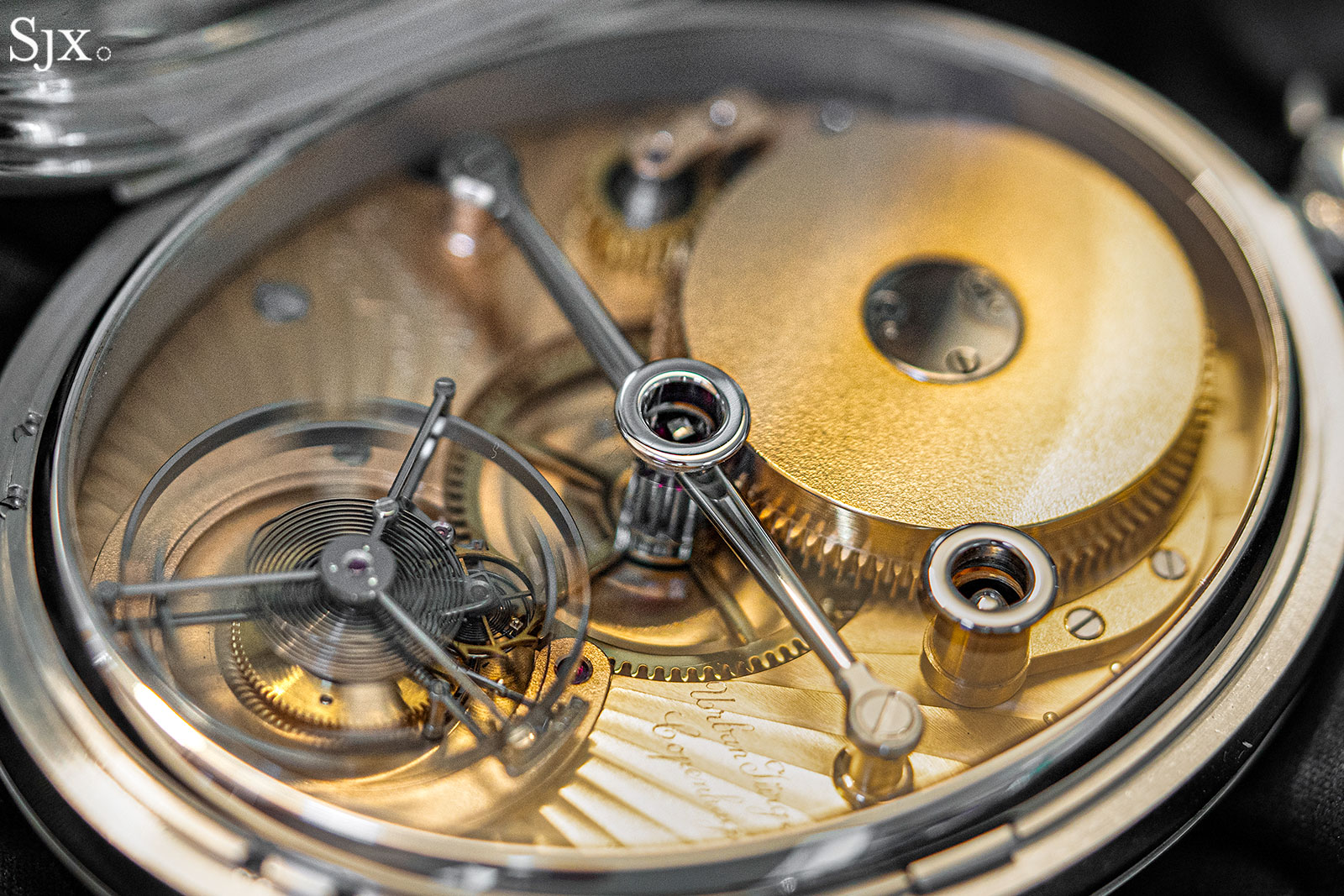
The most important mechanism in the Oval is the tourbillon, which is the first ever to incorporate a remontoir constant force mechanism inside the carriage.
Pratt himself noted this in the July 1991 issue of Horological Journal, writing “many remontoire mechanisms have been made over the last 300 hundred years or so but, as far as I know, this watch is the first to have a remontoire incorporated in the carriage of a tourbillon and is, therefore, something new or innovative”.
The remontoir is of Pratt’s own design, and is centred on a ruby bearing shaped like a Reuleaux triangle, mounted co-axial with the remontoir spring and escape wheel, working in tandem with a fork.
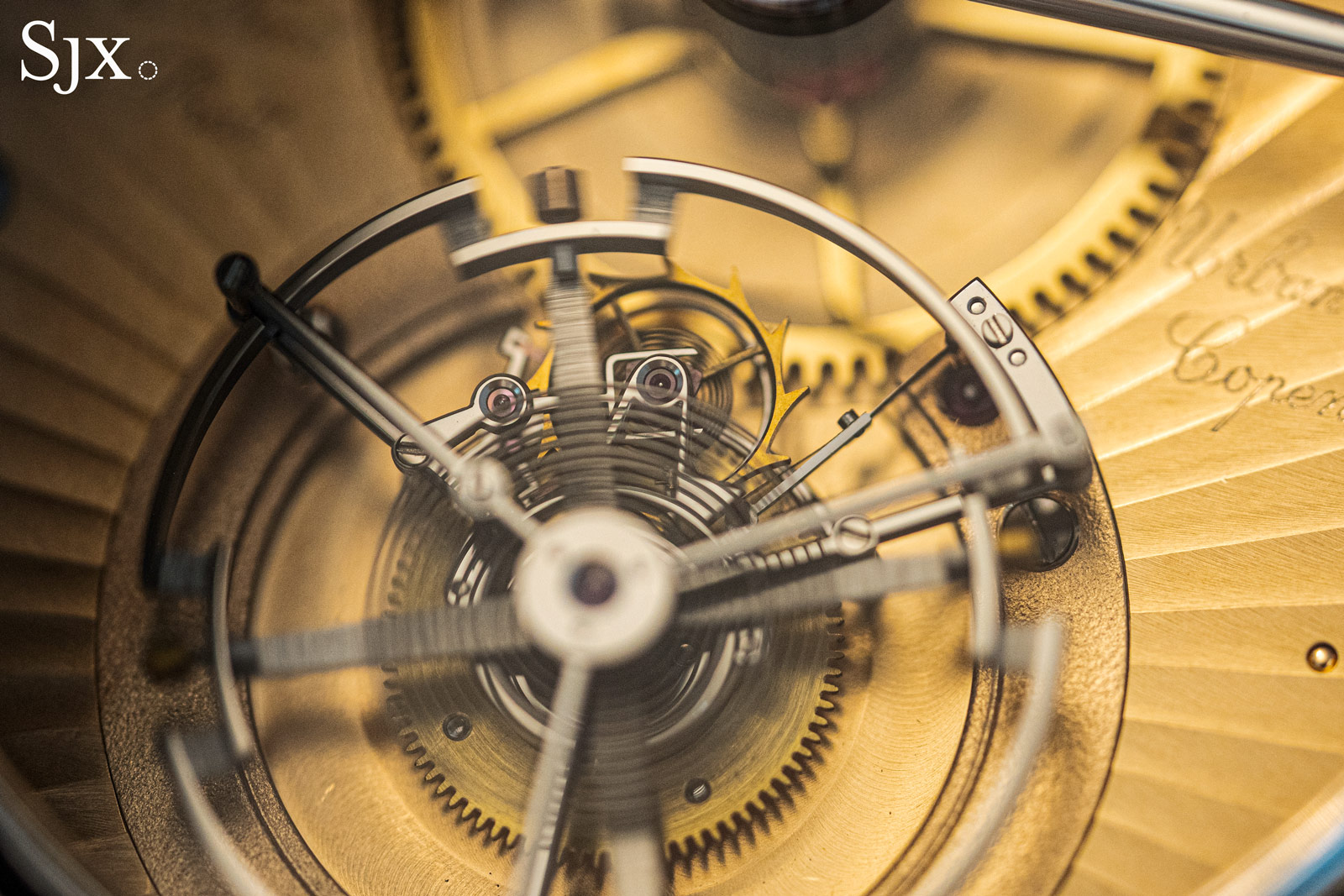
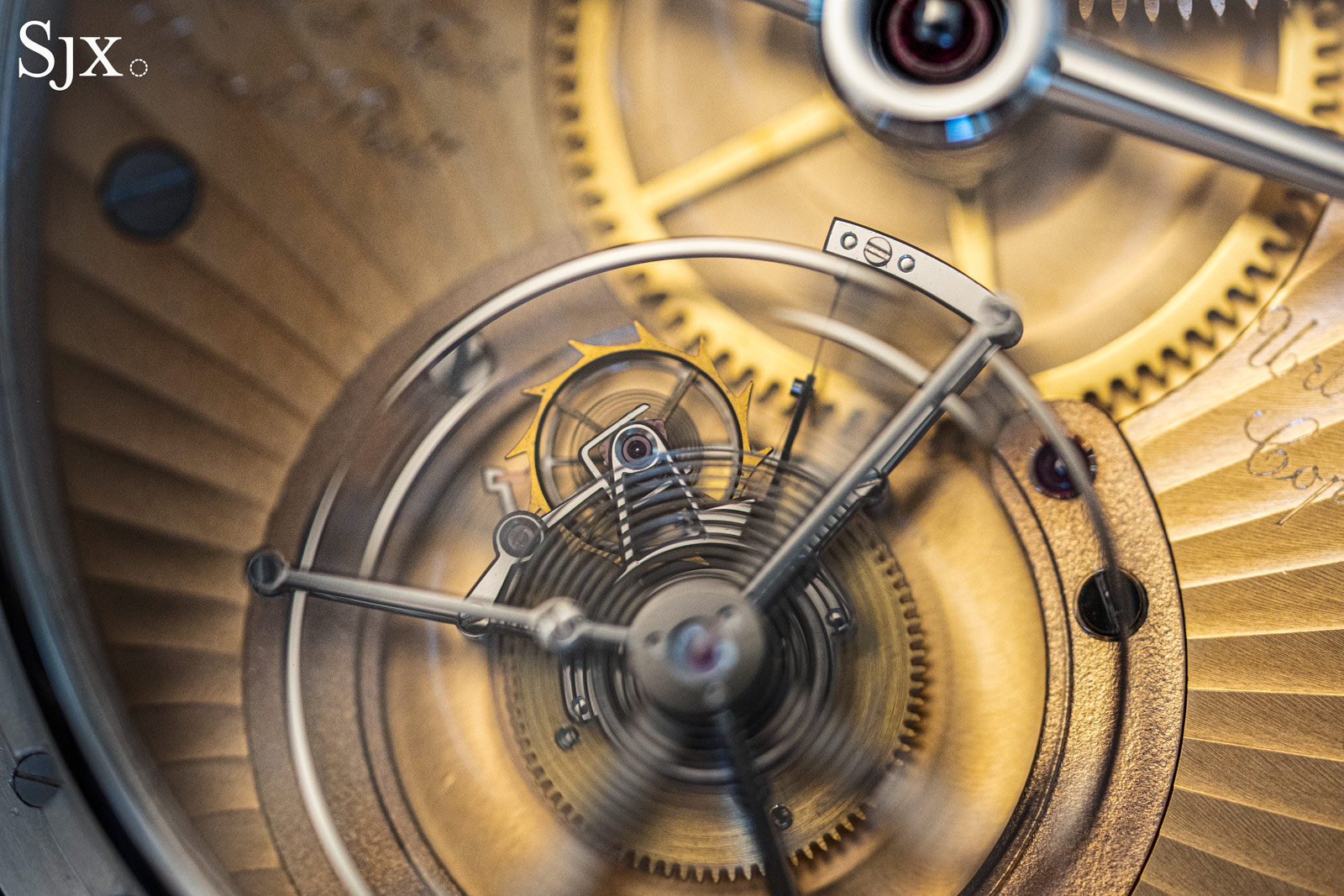
Unsurprisingly, the parts of the tourbillon are especially fine. Though large in diameter, the cage is made up of three notably slender arms in polished steel that taper outwards. The fineness and consistency of the steel parts is especially remarkable considering they were made and finished by hand.
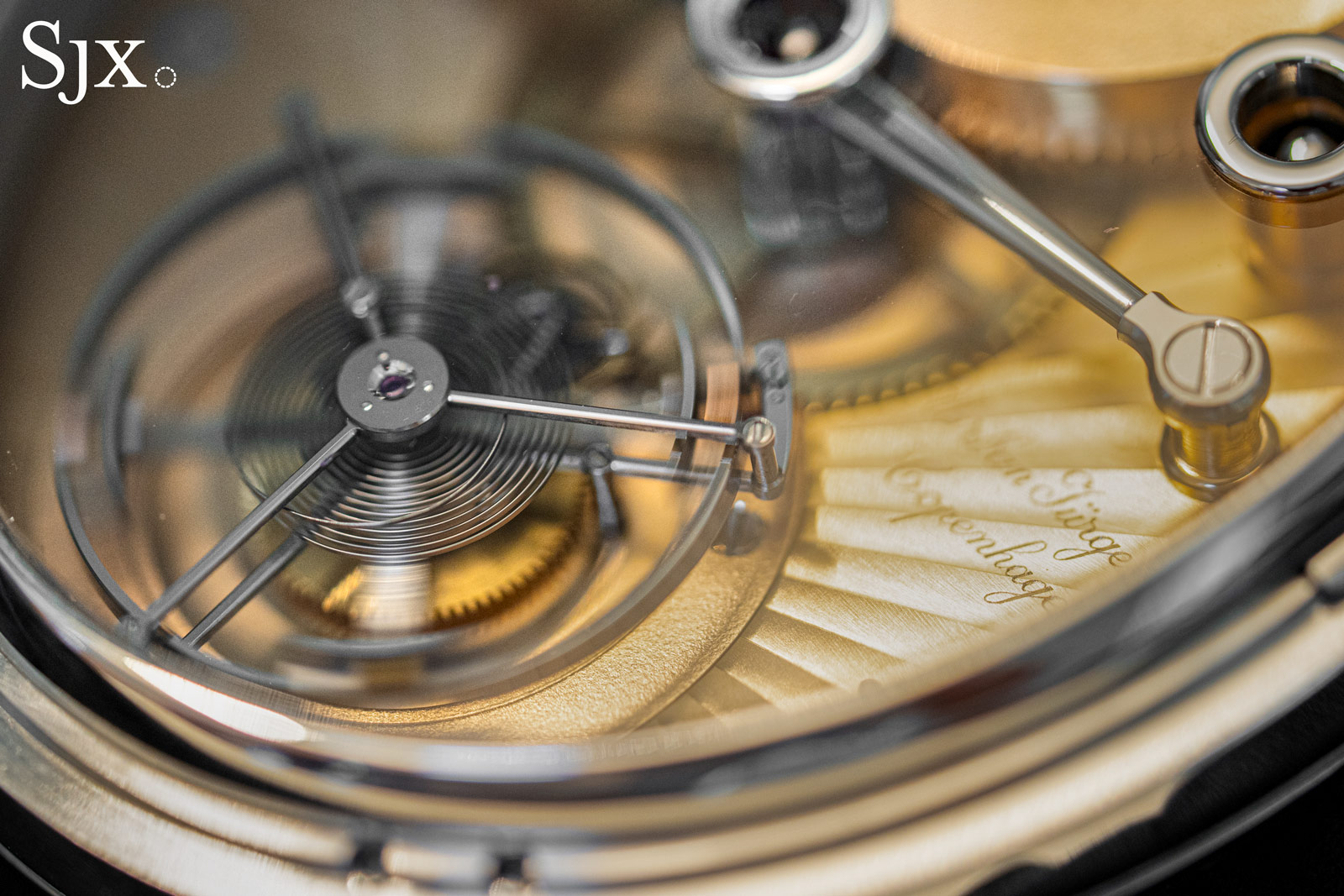
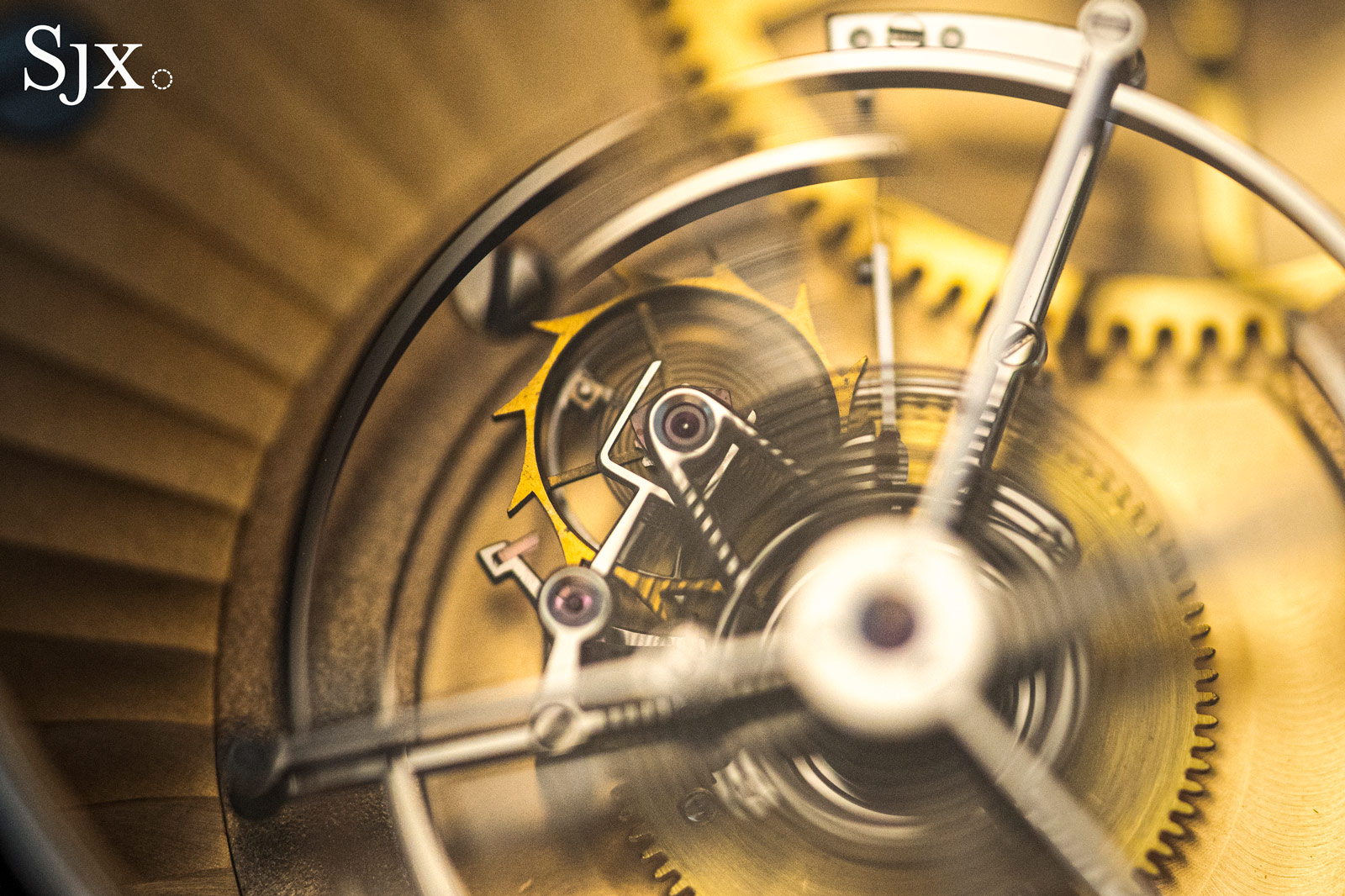
The tourbillon is flying, so it has no upper bridge to support the cage. However, the centre wheel of the movement is secured by a large steel bridge of the type that would typically be applied to the tourbillon carriage.
The rest of the movement is equally impressive in terms of decoration, no doubt thanks to Mr Voutilainen. The steel components are perfectly black polished, while the base plate sports a lustrous radial striping.
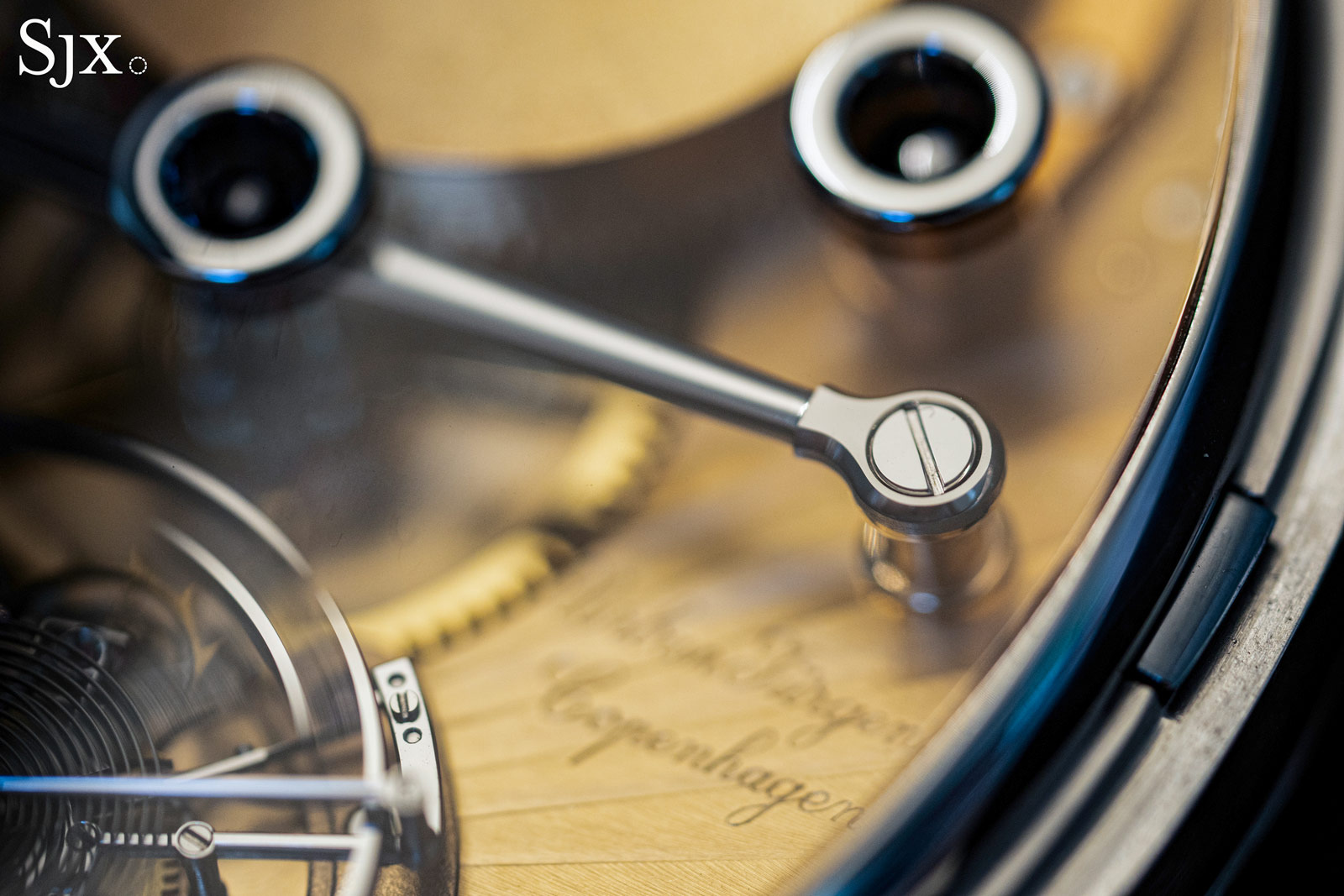
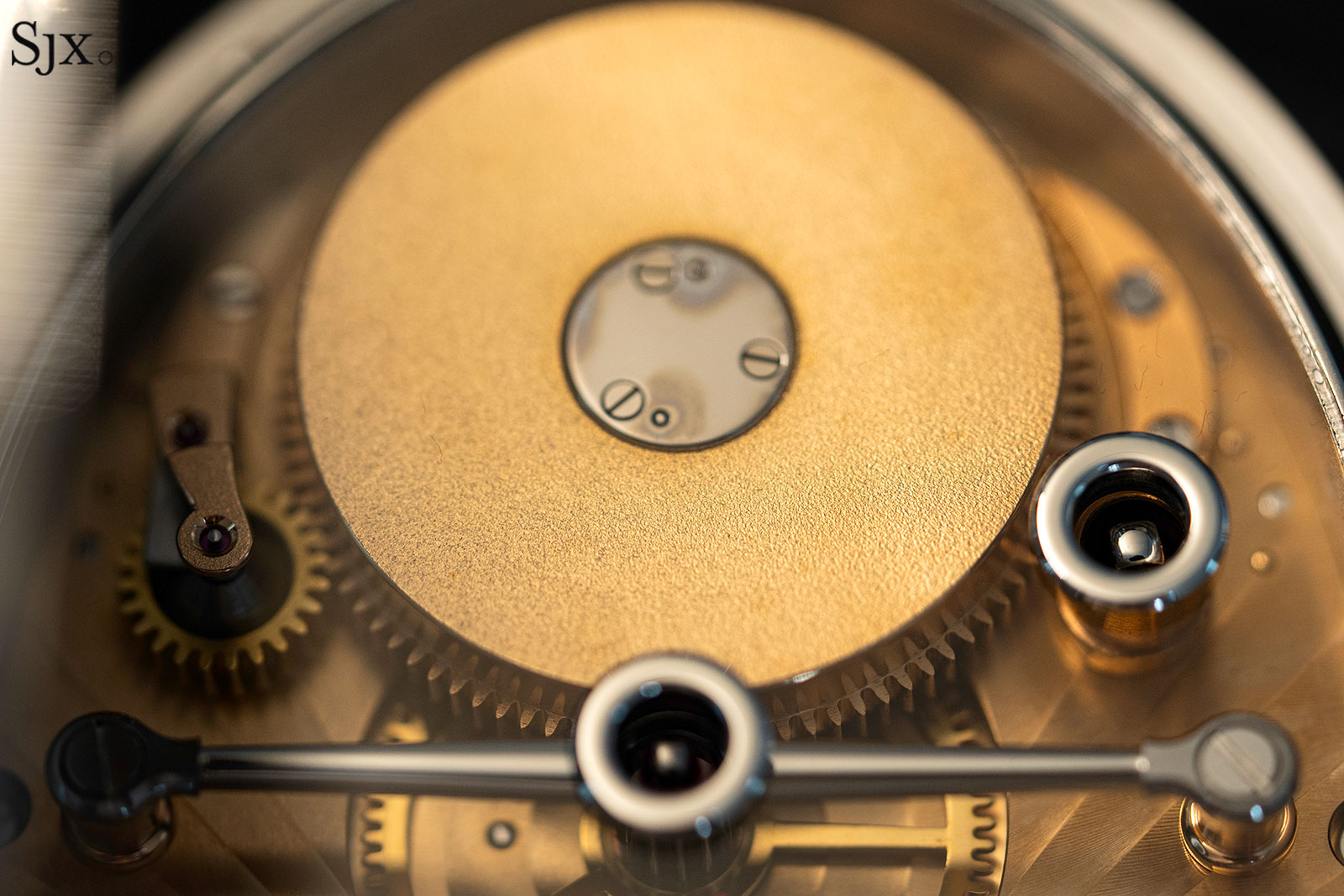
The barrel is frosted
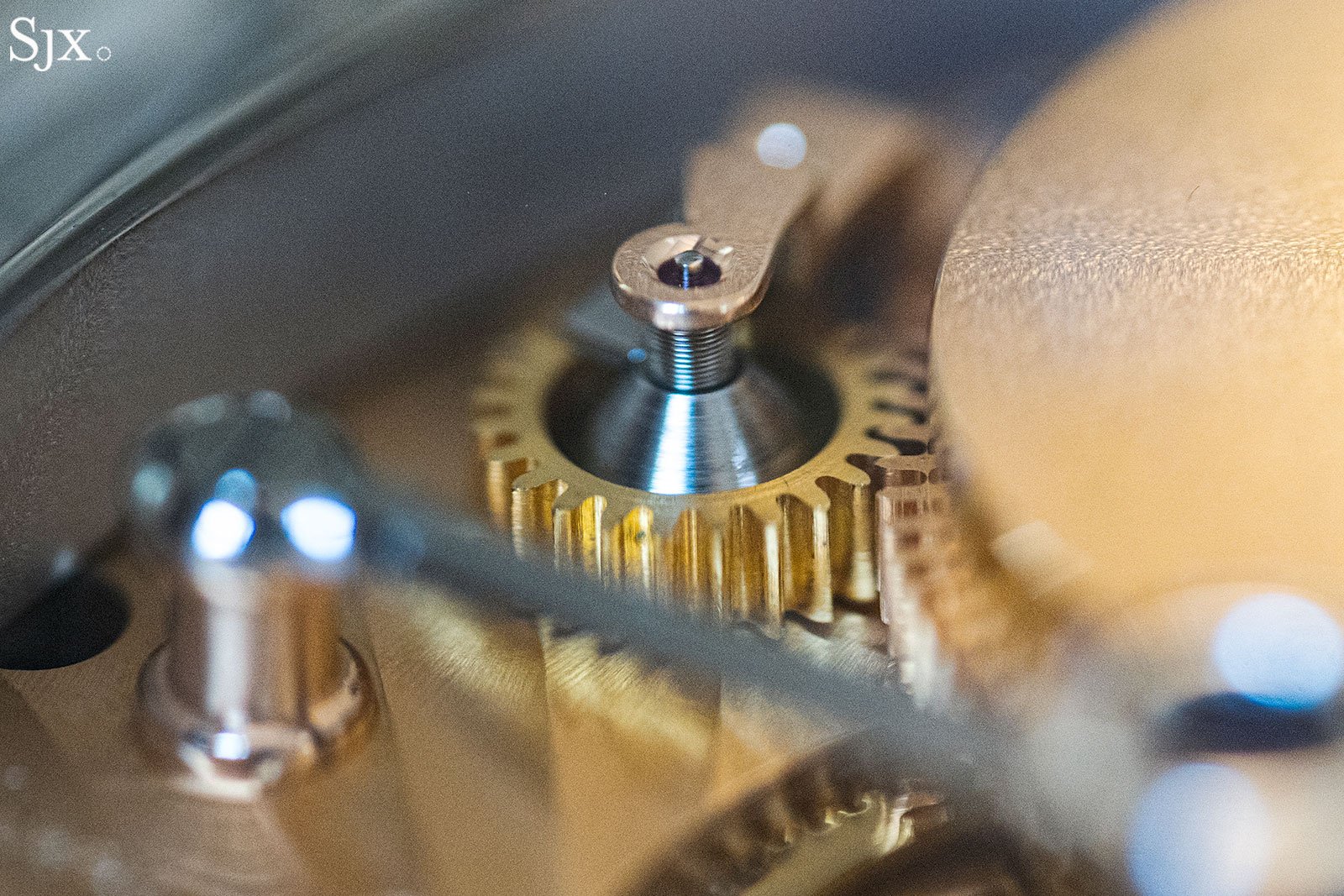
The cone for the power reserve indicator
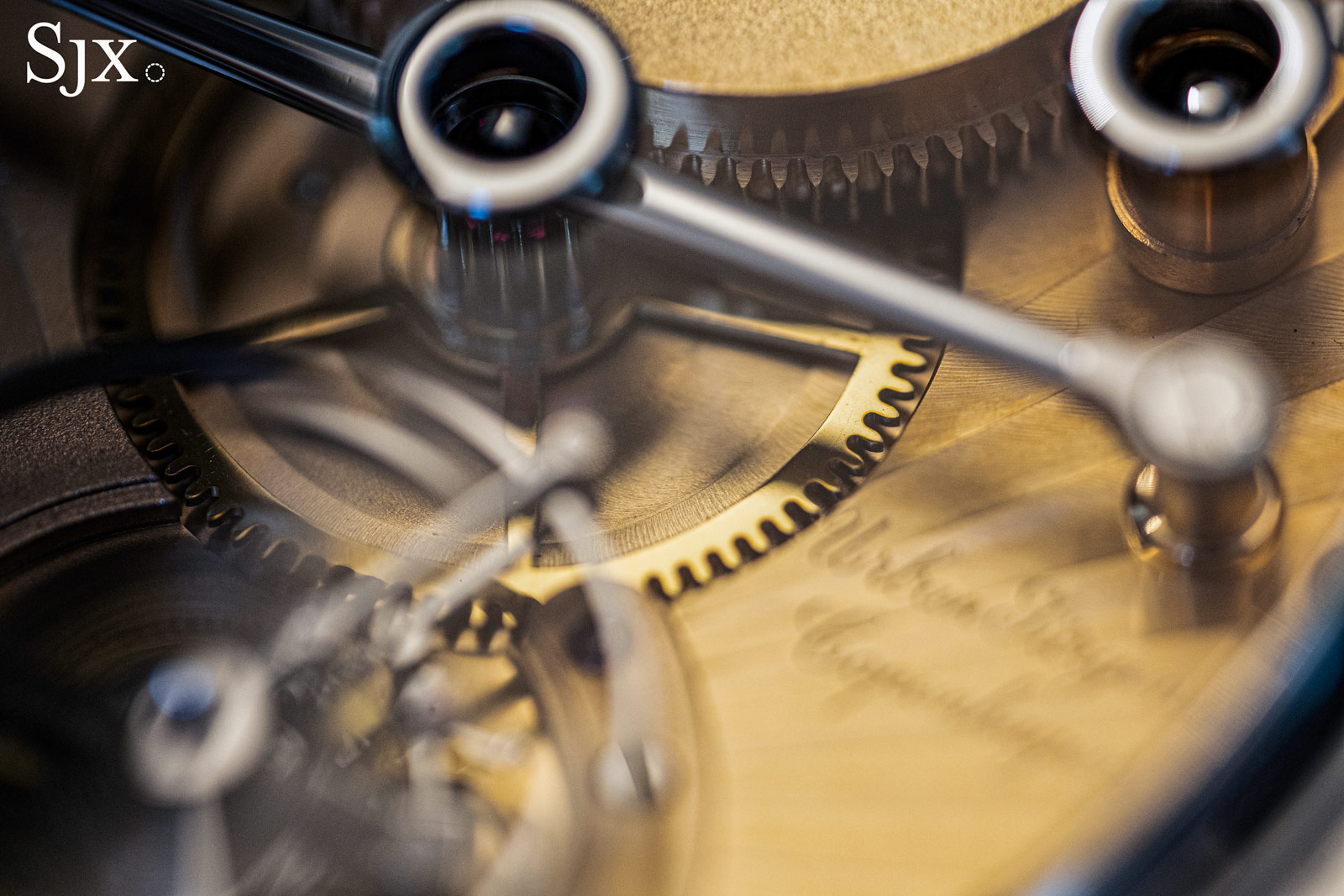
The Oval has an estimate of over CHF 1 million. It’s lot 40 in Reloaded: The Rebirth of Mechanical Watchmaking, 1980-1999 happening on November 8, 2024 in Geneva at the Hotel President. For more, visit Phillips.com.





